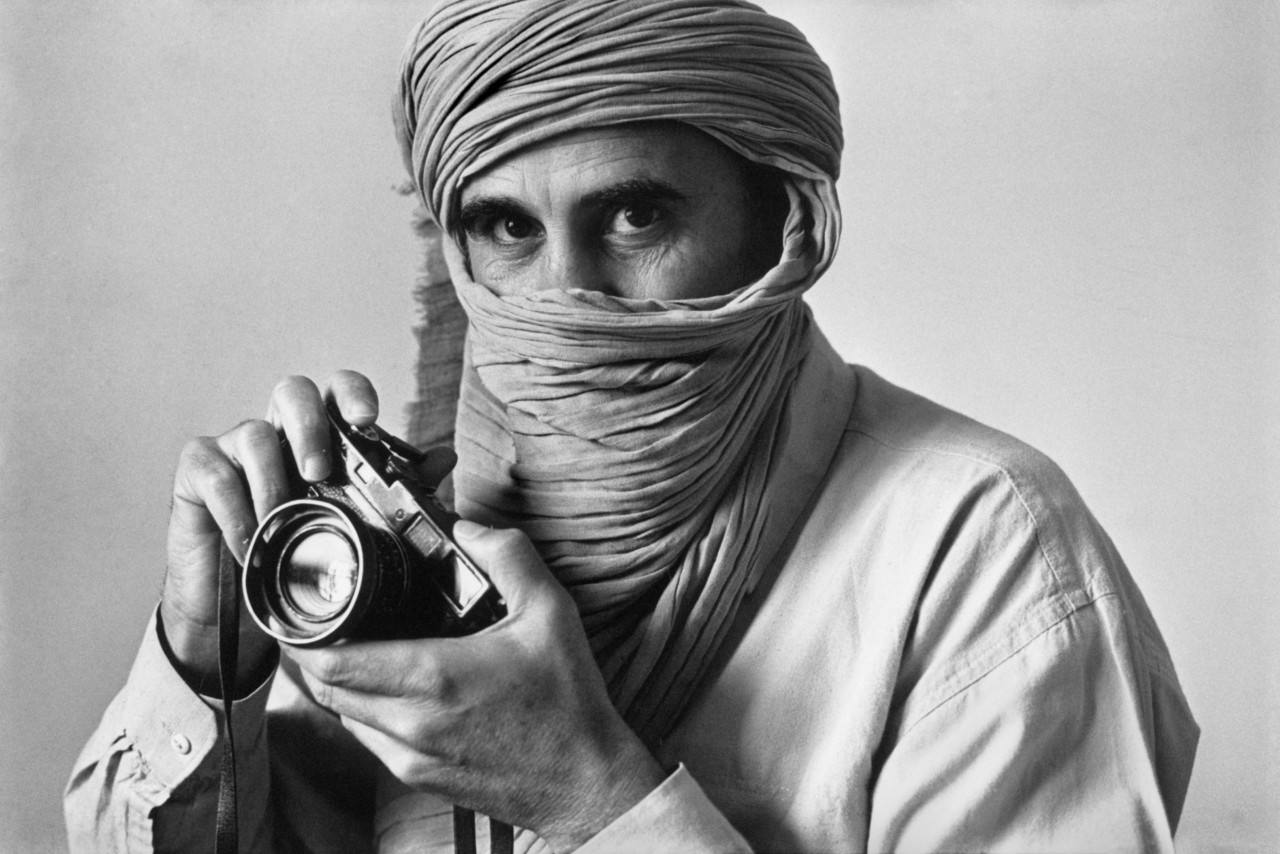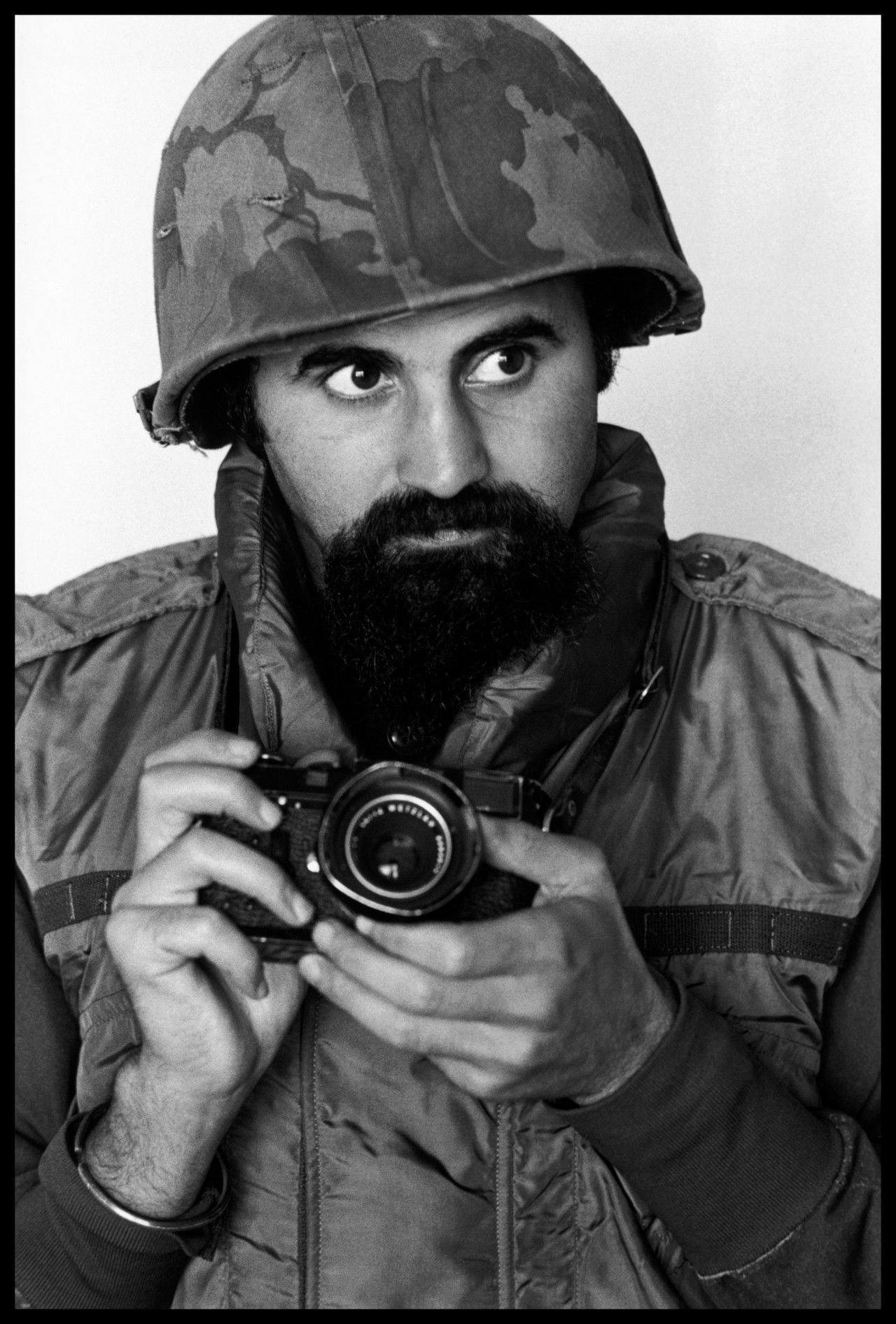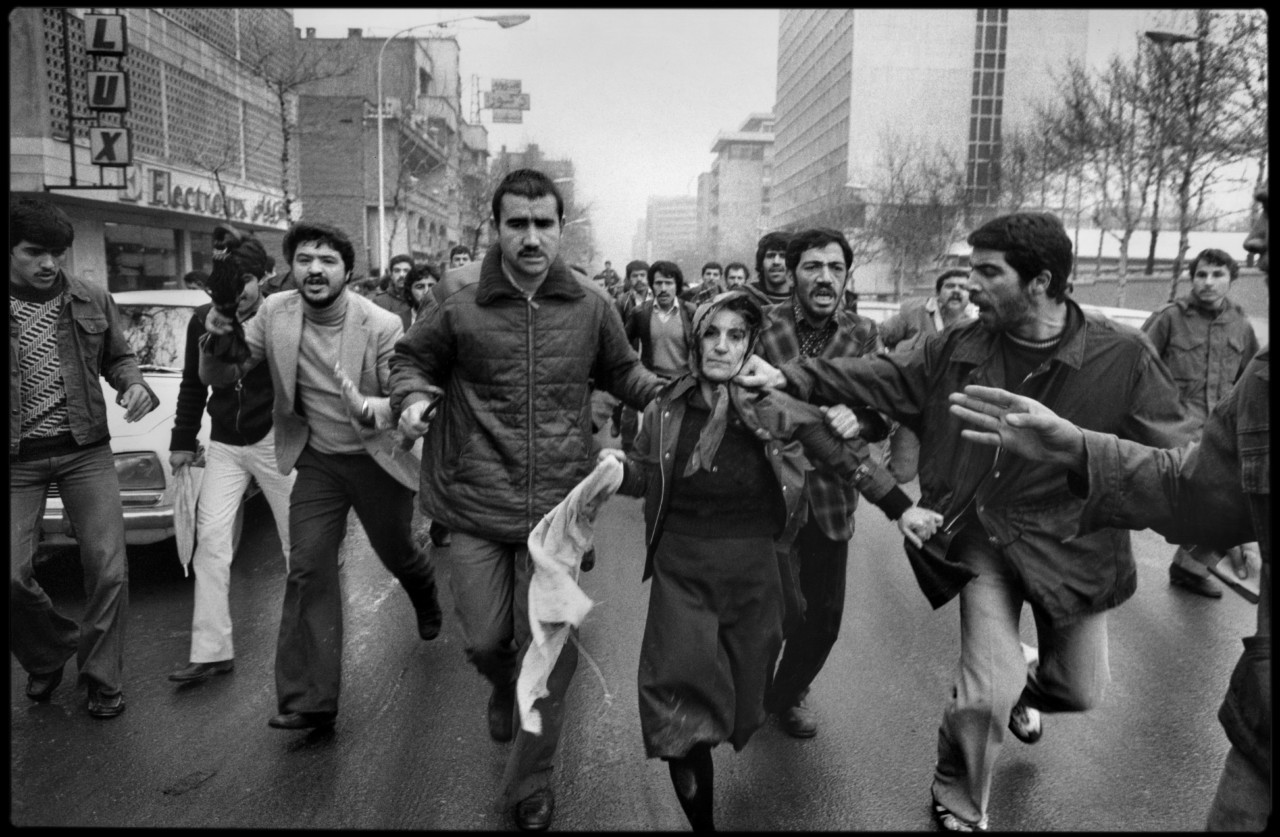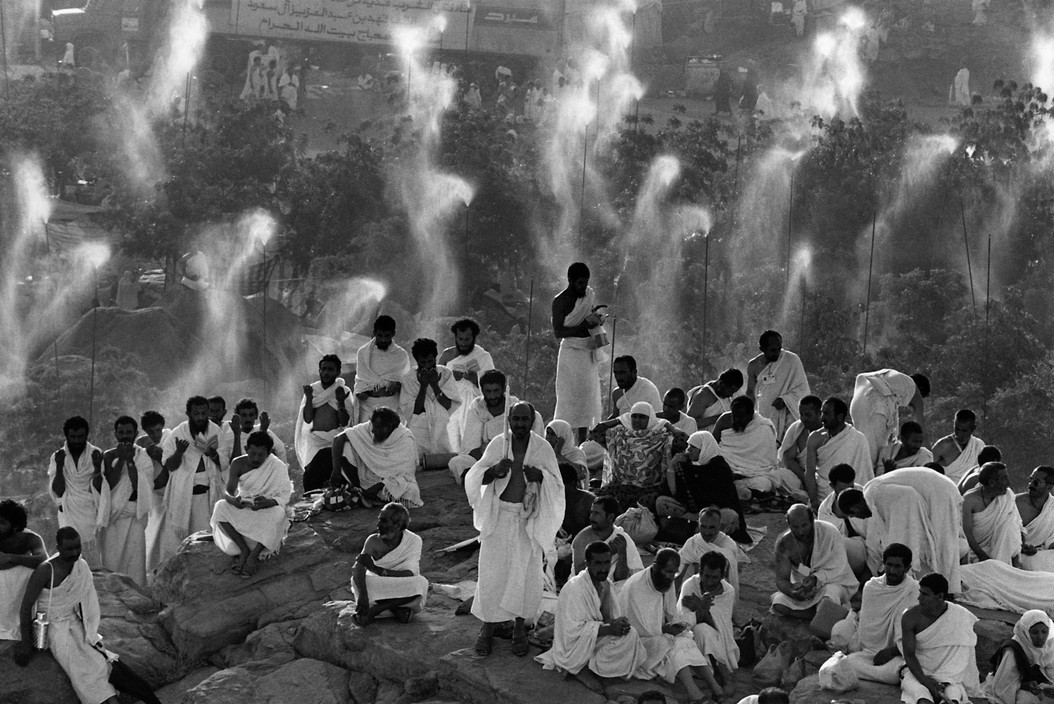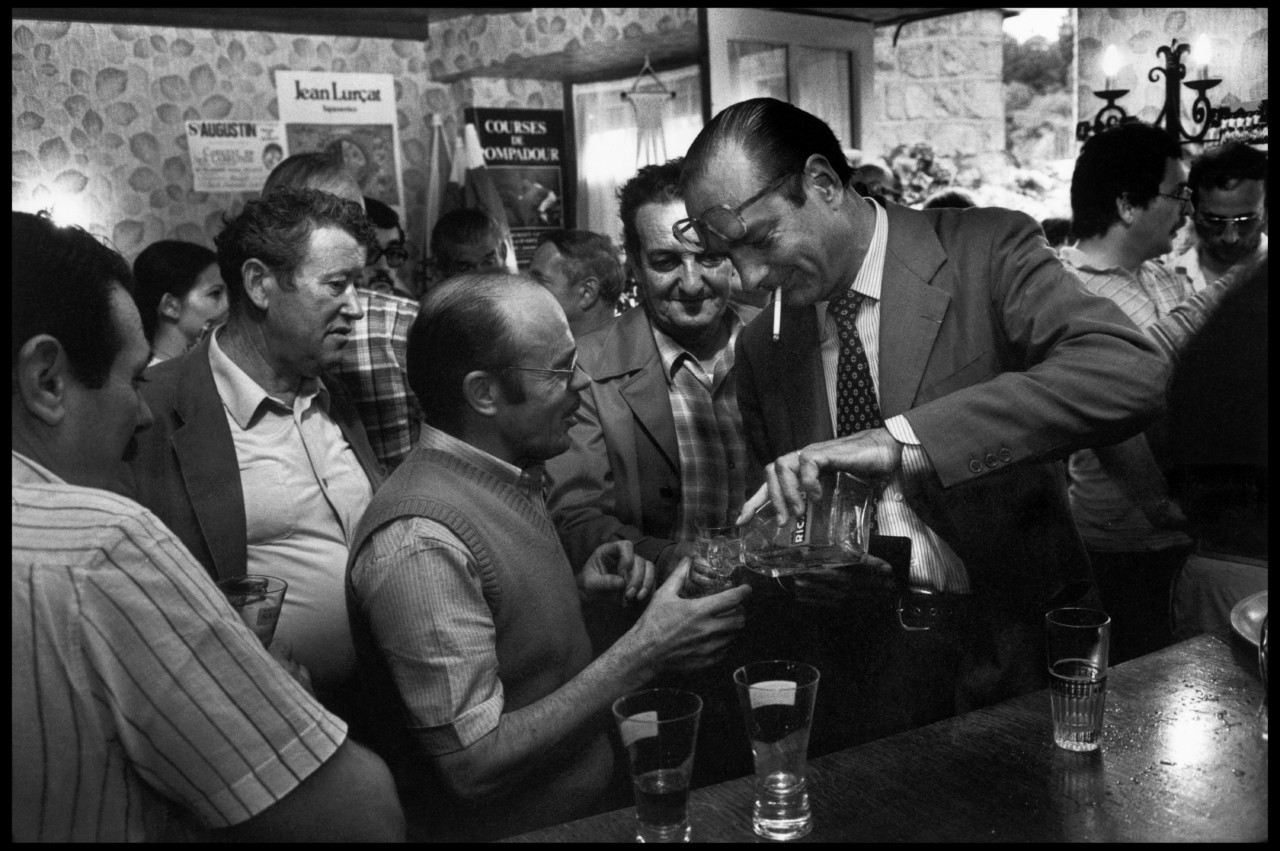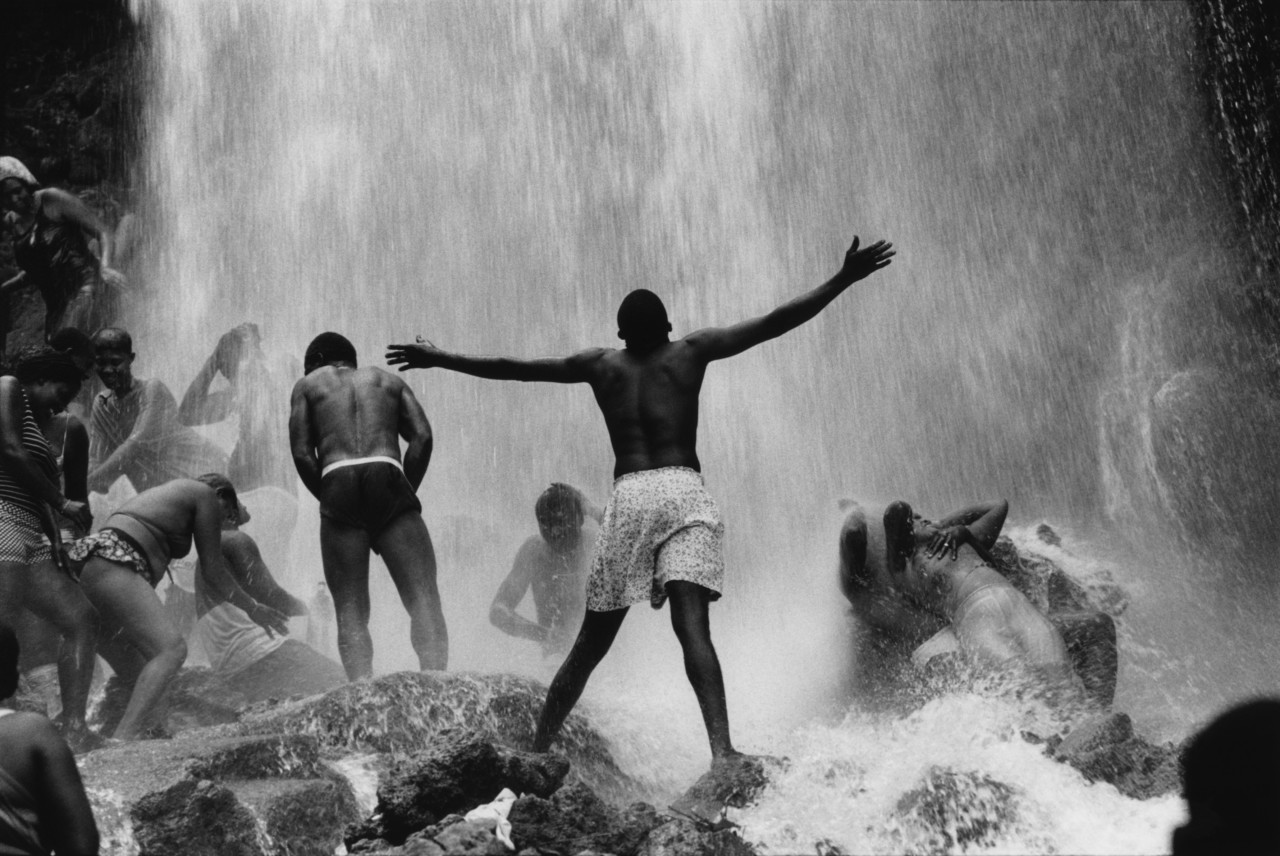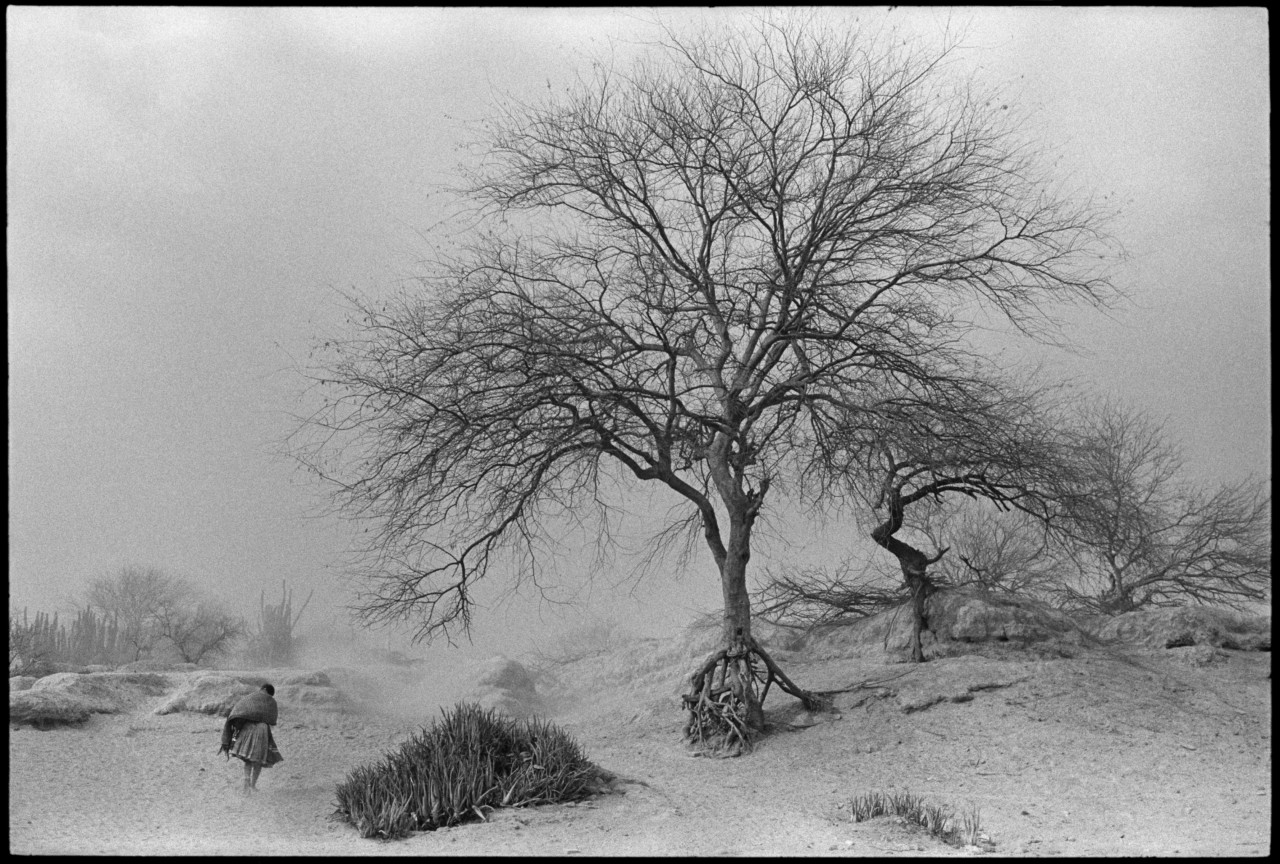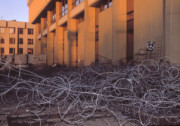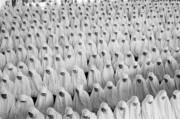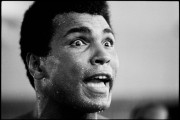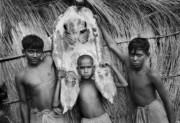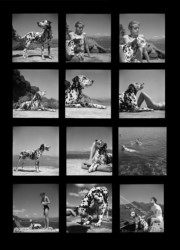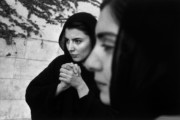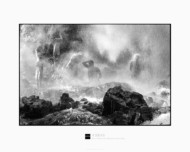Magnum photographer Abbas has died in Paris on Wednesday April 25, 2018, at the age of 74. In a career that spanned six decades, he covered wars and revolutions in Biafra, Bangladesh, Northern Ireland, Vietnam, the Middle East, Chile, Cuba, and South Africa during apartheid. He also documented life in Mexico over several years, and pursued a lifelong interest in religion and its intersection with society.
Magnum’s current president Thomas Dworzak paid tribute to the veteran photographer, who for many at the agency has been both a friend and mentor:
“He was a pillar of Magnum, a godfather for a generation of younger photojournalists. An Iranian transplanted to Paris, he was a citizen of the world he relentlessly documented; its wars, its disasters, its revolutions and upheavals, and its beliefs – all his life. It is with immense sadness that we lose him. May the gods and angels of all the world’s major religions he photographed so passionately be there for him.”
A born photographer the Iranian later relocated to Paris. He dedicated himself to documenting the political, religious and social life of societies in conflict.
Abbas, who started out writing and photographing, first joined Magnum in 1981, having previously been a member of Sipa (1971-1973) and Gamma (1974-1980). He became a full member of Magnum Photos in 1985.
“As a boy I had a heroic image of the journalist: you travelled, you went to war, you covered historical events,” wrote Abbas in 2017, reflecting on his war photography in Vietnam, which he visited a number of times from 1972.
From 1978 to 1980, Abbas photographed the revolution in Iran. He returned to the country in 1997 after seventeen years of voluntary exile. His book Iran Diary 1971-2002 is a critical interpretation of Iranian history, photographed and written as a private journal.
In an interview with BBC Culture last year, Abbas spoke about his experience documenting the Iranian revolution. “I knew, even when it happened, that only once in my lifetime I would be not only concerned but I was also involved, at least in the early stages.”
Describing himself as a “historian of the present”, Abbas explained that his answer to those who tried to deter him from photographing was to tell them, in Farsi, “This is for history.”
During his years of exile Abbas traveled constantly. Between 1983 and 1986 he journeyed through Mexico, attempting to photograph a country as a novelist might write about it. The resulting exhibition and book, Return to Mexico: Journeys Beyond the Mask, helped define his photographic aesthetic.
His interest in religion was sparked by the Iranian revolution, and from 1987 to 1994 he focused on the rise of Islamism throughout the world. Allah O Akbar: A Journey Through Militant Islam, the subsequent book and exhibition, spanning twenty-nine countries and four continents, attracted special attention after the 9/11 attacks by Islamic jihadists.
Commenting on how this has been labeled by some as a prophecy, Abbas told BBC Culture, “Having covered the Iranian revolution for two years, I could see that the wave of religious passion raised by Khomeini in Iran was not going to stop at the border of Iran, it was going to spread in the Muslim world.”
Another, later book, Faces of Christianity: A Photographic Journey (2000), and touring show explored Christianity as a political, ritual and spiritual phenomenon.
Abbas’s concern with religion led him, in 2000, to begin a project on animism, in which he sought to discover why non-rational ritual has re-emerged in a world increasingly defined by science and technology. He abandoned this undertaking in 2002, on the first anniversary of 9/11, to start a new long-term project about the clash of religions, defined as a culture rather than faith, which he believed were turning into political ideologies and therefore one of the sources of the strategic struggles of the contemporary world.
From 2008 to 2010 Abbas traveled the world of Buddhism, photographing with the same sceptical eye. In 2013, he concluded a similar long-term project on Hinduism. His 2016 book Gods I’ve Seen is the culmination of this work. It is a stunning visual exploration of contemporary Hinduism, capturing the mysticism of ancient rites as they are woven into the everyday rituals and activities of Hindus in India and beyond.
Up until his death Abbas continued to explore religion, with a focus on documenting Judaism around the world.
Abbas occupied a niche that straddled both photojournalism and art. “I used to describe myself as a photojournalist, and was very proud of it,” wrote Abbas for Magnum in 2017. “The choice was to think of oneself either as a photojournalist or an artist. It wasn’t out of humility that I called myself a photojournalist, but arrogance. I thought photojournalism was superior, but these days I don’t call myself a photojournalist, because although I use the techniques of a photojournalist and get published in magazines and newspapers, I am working at things in depth and over long periods of time,”
“I don’t just make stories about what’s happening. I’m making stories about my way of seeing what’s happening.”
According to Abbas, there are two approaches to photography: “one is writing with light, and the other is drawing with light. The school of Henri Cartier-Bresson, they draw with light, they sketch with light. The single picture is paramount for them. For me, that was never the point. My pictures are always part of a series, an essay. Each picture should be good enough to stand on its own but its value is a part of something larger.”
Although his official biography states that he was a “born photographer”, Abbas told Magnum last year of how a road trip through New Orleans in 1968 made him a “professional”. He explained how through the making of his first photographic essay he learned the significance of sequencing in order to build a narrative.
“I did not know it at the time, but the importance I attach to the sequencing of my work started there and then,” he wrote. “Those familiar with my work know that when I refer to myself as a photographer I mean to say one who writes with light.”
See French translation.
See a selection from Abbas’s archive on Magnum Pro.


